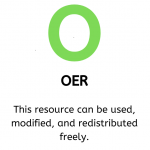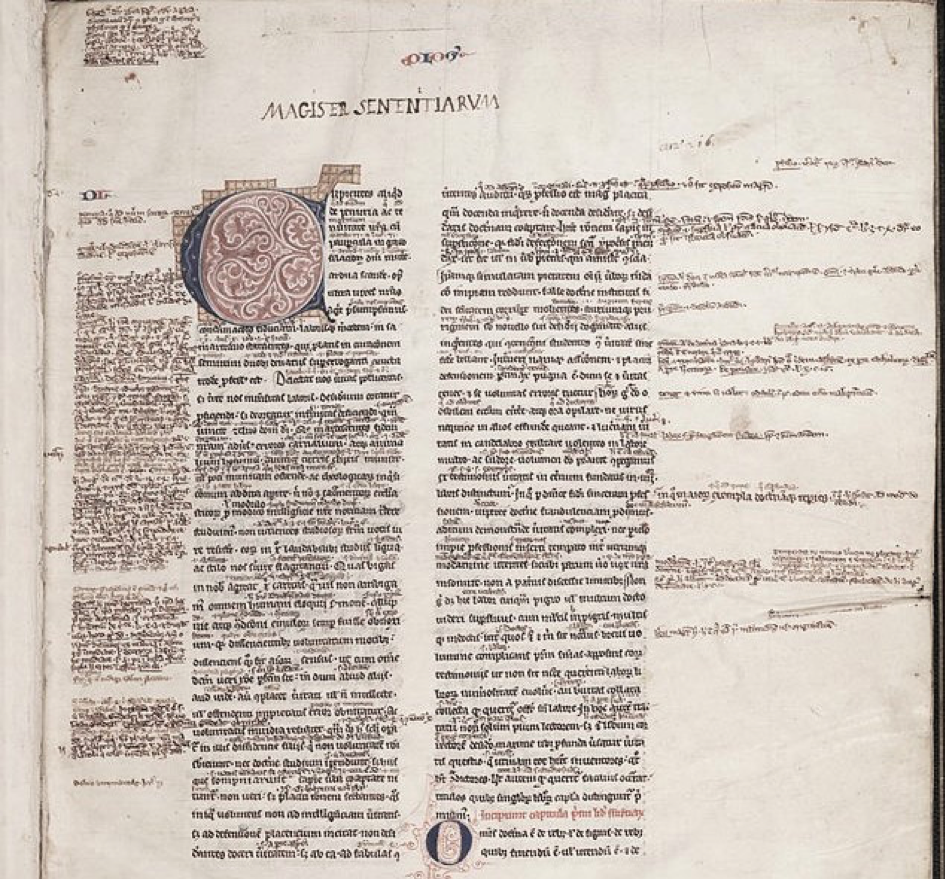| Developed by Gabriel Alkon, Baruch College, CUNY |
In this project, students would use open-source software to make collaborative annotations of online texts. This assignment would fit in an English 2850 syllabus relying on non-copyrighted materials rather than the Norton Anthology. For each literary text, I ask general questions designed to help students find and reflect upon noteworthy details. As they make their annotations, students would also see and respond to the contributions of their classmates; as the notes accumulate, they would take the form of an ongoing collaboration. Whereas responses to discussion questions on Blackboard are about the text, annotation-mediated discussion would unfold upon the text, in visible relation to the author’s words. Viewing the text and the notes of peers on a common webpage, students would be encouraged to think of how literary texts, as objects of shared attention, draw readers together into a collective exploratory enterprise.
The oer & Course Artifact
This OER project guides students in the preparation of collaborative annotations of online literary texts using Hypothes.is software. The following pages include a detailed set of directions for students, as well as questions that can guide them in their reading and annotation work. The literary texts and questions can be found below, and would be sent to all students participating in the project.
Annotating Literary Texts: Overall Assignment
Most experienced readers of literature mark up the texts that they are examining. Insightful analysis often begins with notes jotted down in the margins of the texts under consideration. Notes can be written for a wide variety of purposes, including raising questions, highlighting details and images, noting the meanings of words and phrases, explaining historical and cultural references, proposing interpretive ideas, and many more. For students and scholars who are in the habit of annotating texts, the process of reading can naturally unfold into interpretation and critical writing. Making annotations helps readers actively think about what they read as they move from one sentence to the next. And once such notes are made, they make it easier to remember and re-examine key features of the text, whether one is drawing together ideas for a paper or reviewing materials for an exam.
To help you develop the habit of textual annotation, we will be using an open-source, online tool to annotate some of our readings together. This tool – Hypothes.is – allows groups of readers to view texts together online and to make annotations that appear directly on the online versions of the texts – though these will be visible only to group members. There will be five literary texts over the course of the semester that we will be reading and annotating using Hypothes.is. You will be required, on each of these texts, to make three brief annotations. These notes will be visible to me and to your fellow classmates (and to no one else); you will be able to refer to them throughout the semester. I will soon demonstrate in class how the Hypothes.is platform works and how you will be expected to use it.
We will be using the Hypothes.is software to annotate selected portions of the following works of literature: A Vindication of the Rights of Woman, by Mary Wollstonecraft; Narrative of the Life of Frederick Douglass, An American Slave, by Frederick Douglass; “Sun-Down Poem,” by Walt Whitman; “The Dead,” by James Joyce; and “The Cabuliwallah,” by Rabindranath Tagore.
All these texts are available through the Hypothes.is group. Once you join Hypothes.is and join this group, you will be able to find links to the online versions of the literary texts.
Annotating Texts PDF: Assignment, General Guidance, and Specific Directions
transitioning to and Teaching with oer
Requiring students to engage in collaborative annotations would help to inculcate active reading habits. To find noteworthy material, students would have to pay special attention to surprising, ambiguous, or otherwise memorable words and phrases. Students would also need to supplement their reading with extra-textual research and dictionary consultation. Annotations that successfully explain the significance of research and observation would constitute initial interpretive responses. Regularly preparing such annotations would show students the interrelationship of reading, thinking, and writing. Students could put this awareness more completely into practice if asked to develop some of their annotations into a formal paper.
Instructors interested in adapting this assignment should know that there are more open-source texts appropriate for literature courses that focus on more recent literature. Most translations of ancient texts are protected by copyright. By contrast, much post-Renaissance English literature is freely available. Professor Alkon had planned to prepare this OER project for Great Works I, but switched to Great Works II when he could not find enough accessible source material.
Faculty Information
Gabriel Alkon is an Adjunct Lecturer in the Baruch College Department of English. He has taught both Great Works I (2800) and Great Works II (2850) at Baruch for many years.
Licensing information
![]() The Annotating Literary Texts assignment is licensed under a Creative Commons Attribution-ShareAlike4.0 International License.
The Annotating Literary Texts assignment is licensed under a Creative Commons Attribution-ShareAlike4.0 International License.
 Hypothes.is is an open-source tool and when paired with an openly-licensed or public domain text can be used to create an OER.
Hypothes.is is an open-source tool and when paired with an openly-licensed or public domain text can be used to create an OER.

